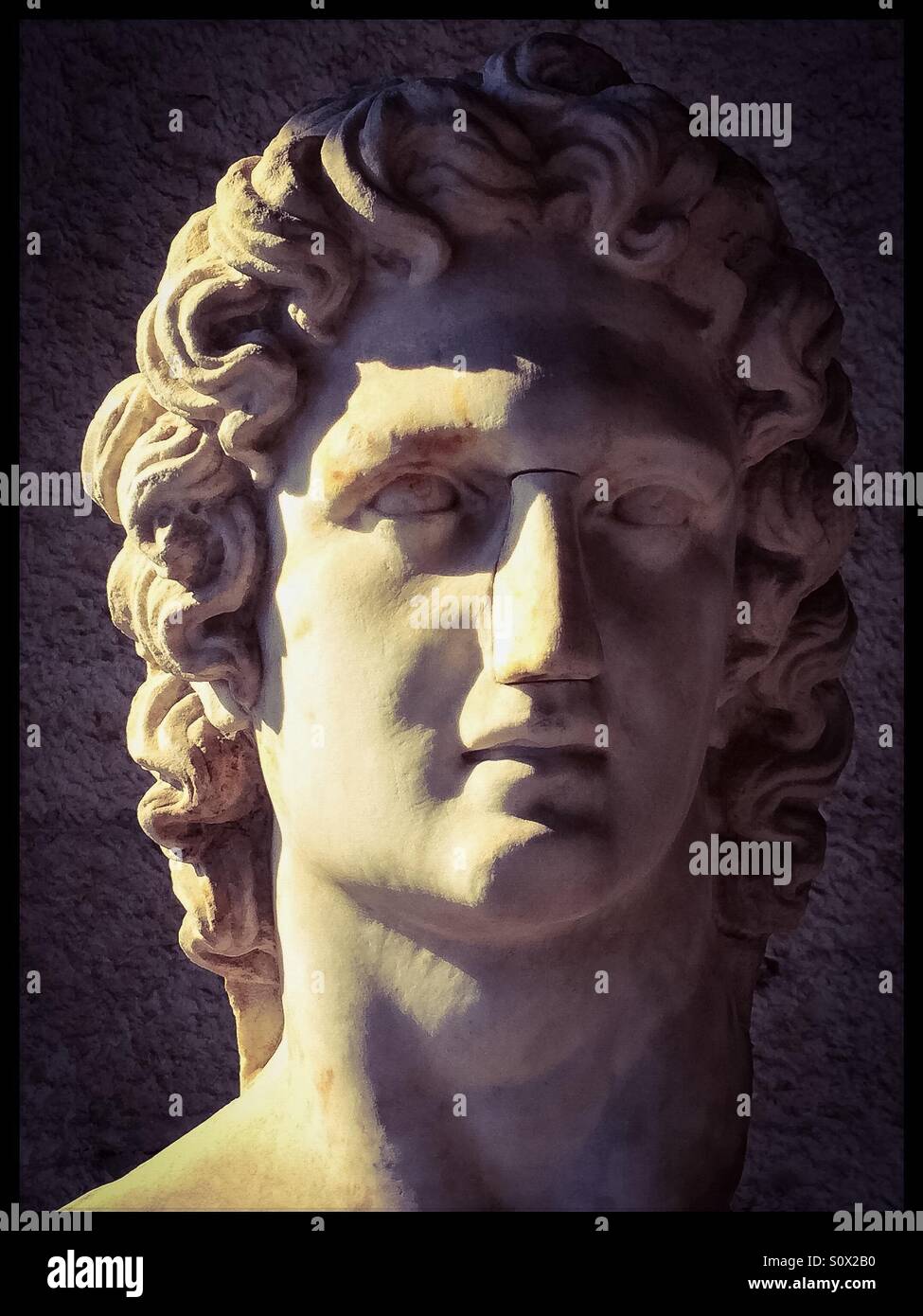

Koronaios, Public domain, via Wikimedia Commons Helios’ Lovers and Relationships This imagery wasn’t just symbolic it was a representation of his daily duty to pull the sun across the sky, ensuring the world received its share of daylight. Growing up, Helios was often depicted as a young man driving a chariot drawn by fiery horses. He emerged as a beacon of light, destined to illuminate the world and play a pivotal role in the daily lives of mortals and immortals alike. While many gods in Greek mythology have dramatic birth stories, Helios’ birth was relatively serene. These siblings represented the cyclical nature of time, with Helios marking the day, Selene the night, and Eos heralding the dawn. Helios’ Family and Childhoodīorn to the Titans Hyperion and Theia, Helios was part of a divine trio that also included Selene, the goddess of the moon, and Eos, the rosy-fingered goddess of dawn. Other names and titles associated with Helios include “Phaethon,” which means “the shining one.” This epithet, among others, further emphasizes his radiant nature and the vital role he played in the ancient world’s cosmology. While both are sun deities, their myths and stories have distinct flavors, shaped by the cultures that revered them.

The Roman counterpart, Sol, shares many similarities with Helios, but it’s essential to differentiate between the two. Throughout various tales and hymns, Helios has been adorned with epithets such as “All-seeing” and “Bright.”

In Roman mythology, he’s known as Sol, a name that also resonates with the sun’s brilliance. Helios, derived from the Greek word “ἥλιος,” directly translates to “sun.” This name is not just a label but a reflection of his very essence and dominion over the sun. His daily journey across the sky in a golden chariot is a tale known to many, but there’s so much more to this luminous deity than meets the eye. In the vast tapestry of Greek mythology, Helios stands out as the radiant god of the sun.


 0 kommentar(er)
0 kommentar(er)
